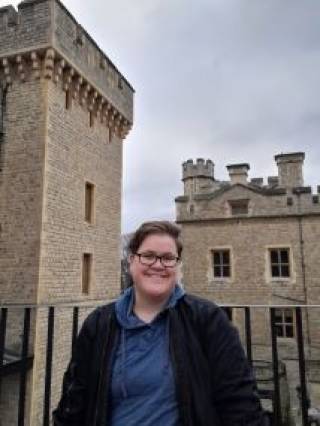The Importance of Being an E-Group: Investigating Structure D-1 at Ka’kabish, Belize
 | Email: tamara.moore.21@ucl.ac.uk
|
- Profile
The Importance of Being an E-Group: Investigating Structure D-1 at Ka’kabish, Belize
Using the excavation of Structures D-1 and D-4 at Ka’kabish, Belize as a case study, I will examine and question…
Can function and chronological sequence of construction and uses of an E-group be accurately determined without excavation?- Through detailed in-depth excavation, what can we learn about a Maya city that is not then reliant on interpretations surrounding the current understanding of E-groups?
- If an E-group layout was created after the Late Preclassic Period, is it then truly an E-group?
- Why are these alternate explanations not more widely suggested?
- With the timing considerations, why would later modernly perceived E-groups have been built in that arrangement? Even if they never served the archaeologist assigned meaning on an E-group, was that specific kind of arrangement still important to the Maya?
- What was the significance of the E-group arrangement to the Maya, that they would repeat the pattern across the lowlands?
- Could the distribution and timing to E-groups be related to specific groups/family/political style that was then repeated as a means of legitimizing power and authority, especially when it was created outside of the Preclassic
My research aims not to question the existence of E-group, neither the importance that such arrangements had for the Maya, but rather to question the prevalence of a certain kind of arrangement that archaeologists have named, defined, and reported at multiple sites that have not then been verified through thorough excavation.
Education
B.A. Archaeology, Simon Fraser University, 2017
M.A. Anthropology, Trent University, 2020
 Close
Close

